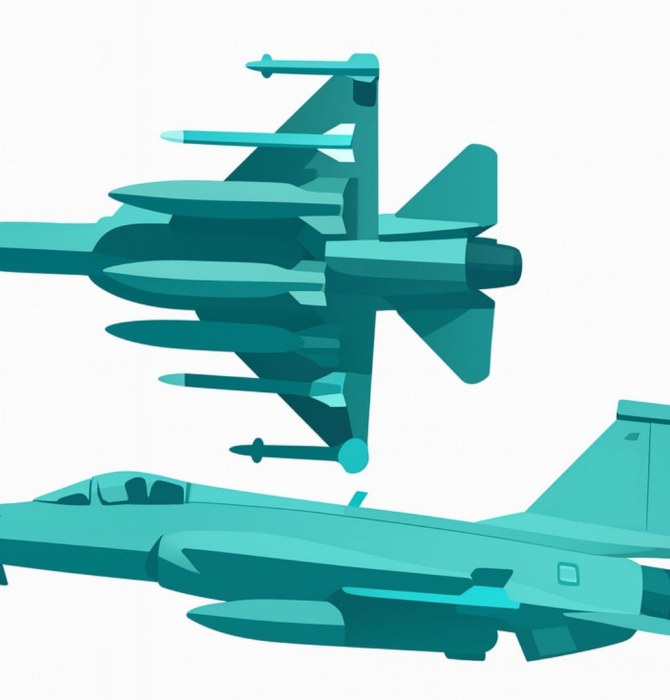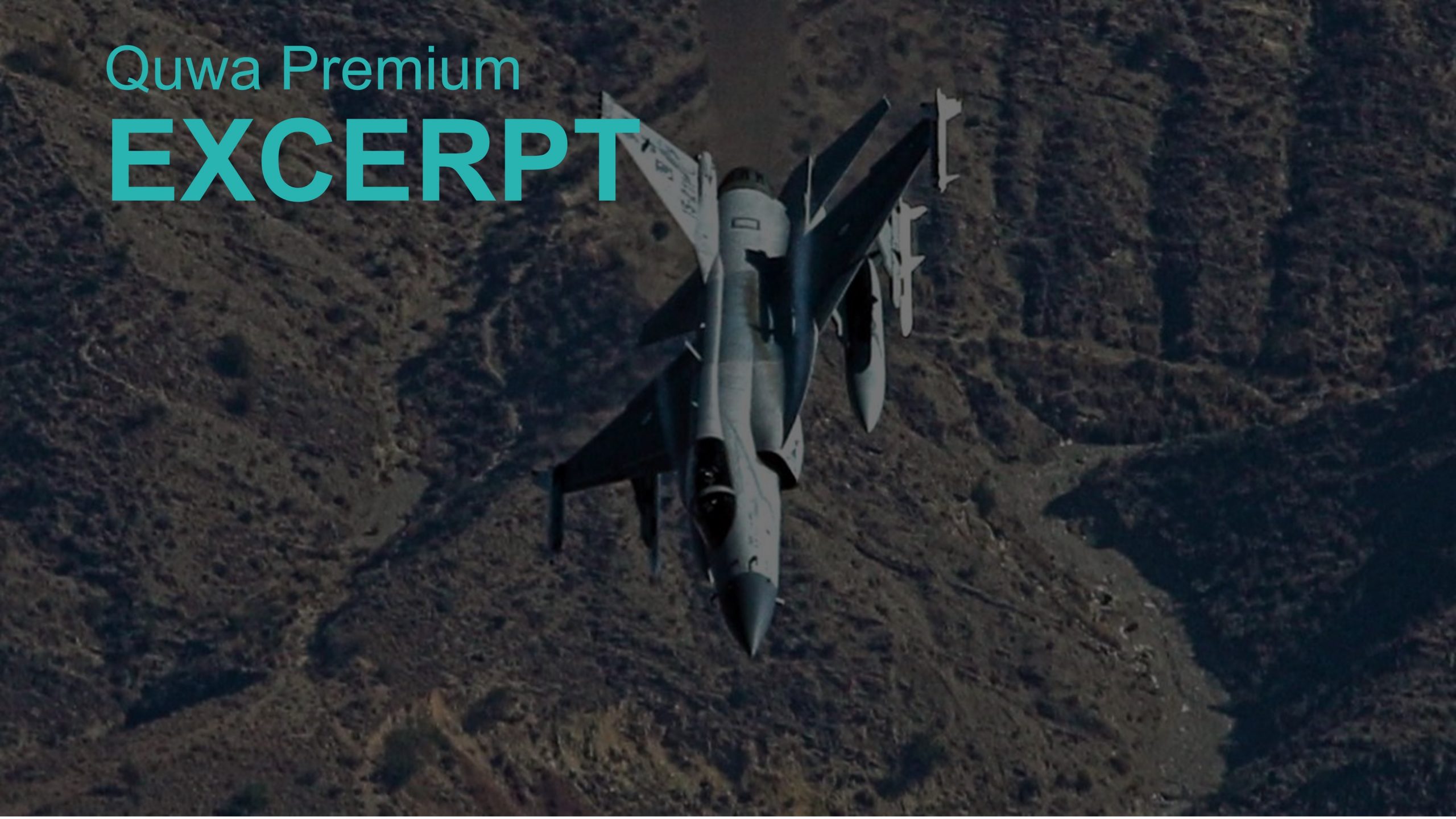4759Views

Lessons from Ukraine: Surging Value of Stealthy ALCM Quwa Premium
Bilal Khan
Founder of Quwa, Bilal has been researching Pakistani defence industry and security issues for over 15 years. His work has been cited by Pakistan's National Defence University (NDU), the Council of Foreign Relations, Bulletin of Atomic Scientists, Centre of Airpower Studies and many others. He has a Hons. B.A in Political Science and Masters of Interntional Public Policy from Wilfrid Laurier University in Waterloo, Ontario, Canada.
In 2023, the UK and France announced that they would supply Ukraine with the MBDA SCALP air-launched cruise missile (ALCM).
Analysts believed the transfer of the SCALP was a bid on London and Paris’ parts to give Kyiv long-range, precision-strike capabilities, especially as it initiated its counteroffensive. Both British and French-supplied SCALPs were in Ukraine by July 2023.
Since inducting the SCALP, Ukraine has used the cruise missile at various points in the conflict, with a particular focus on bridges (as a means to interfere with the logistics links feeding Russia’s frontlines in Ukraine).
Like the M142 High Mobility Artillery Rocket System (HIMARS), the SCALP has become one of many offensive and defensive weapon systems (such as surface-to-air missiles, cluster warheads, and loitering munitions) that have been integral to Ukraine’s war effort.
The common element across these systems is that they are precision-guided stand-off range munitions, giving Ukraine the ability to accurately strike at long distances. Ukraine also uses the ADM-160B Miniature Air-Launched Decoy (MALD), which is essentially a smaller cruise missile, but one capable of carrying an electronic warfare (EW) payload for radar jamming missions.
Analysts believe that Ukraine is using the MALD in coordinated strikes with the SCALP. The MALD would attract the attention of Russian air defence radars and, potentially, help mitigate their impact through jamming. In turn, this lessens the risk of these air defence systems intercepting the SCALP ALCMs.
In this arsenal, the SCALP gives Ukraine the capacity to deliver a heavyweight munition at long-range by air. With the SCALP, Ukraine can quickly mobilize long-range strikes using its aircraft.
For example, if its intelligence efforts identify a high-value target, Kyiv can deploy a long-range strike element via SCALP-equipped aircraft sooner than with HIMARS- based munitions (unless the HIMARS were already stationed in proximity to that target).
Therefore, the SCALP complements Ukraine’s land-based strike capabilities, and enables Kyiv to build a mix that allows it to operate with versatility. This could be another lesson for other countries, such as Pakistan, which (like Ukraine) must face a larger and much more well-equipped adversary.
Background: MBDA SCALP
The MBDA SCALP – also known as the Storm Shadow – is an ALCM with a total weight of 1,300 kg and range of more than 250-300 km. It is powered by a miniature turbojet engine, and reportedly carries a warhead weighing 450 kg.
This warhead is designed to destroy reinforced or hardened targets, such as the bridges that Ukraine targeted since inducting the ALCM.
Before Russia’s invasion of Ukraine, the primary deployment platforms of the MBDA SCALP have been Western multirole aircraft, including the Dassault Mirage 2000D and Rafale, Saab JAS-39 Gripen, Panavia Tornado, and Eurofighter Typhoon.
However, with Ukraine inducting the SCALP, the Sukhoi Su-24 has also become a compatible platform for the ALCM.
Like other ALCMs of this size, the SCALP leverages a combination of satellite-aided inertial navigation system (INS) with a terrain reference navigation system using DSMAC. This suite is paired with an imaging infrared (IIR) seeker with automatic target recognition (ATR), which offers terminal-stage guidance. Designed with minimal crew workloads, single-seat aircraft can launch the SCALP, giving the end-user many deployment options.
A Large Loitering Munition at Heart?
In some ways, the SCALP embodies the core elements of what the world now refers to as ‘loitering munitions.’ It is an unmanned aerial system (UAS) that surveys the surface to find a predetermined target (usually a fixed installation), and then engage by striking against it directly.
It does not have the same type of real-time targeting capability of a first-person-view (FPV)-based loitering munition (which the user can control at every stage, including terminal, which can be used against moving targets on both the surface and in the air).
However, the SCALP also has earlier implementations of automation, such as its terminal- stage IIR seeker. It can work relatively autonomously, especially for a munition that initially came about around 20 years ago.
Log in or subscribe to read the rest of the article
End of excerpt (654/1,373 words)
Note: Logged in members may need to refresh the article page to see the article.


